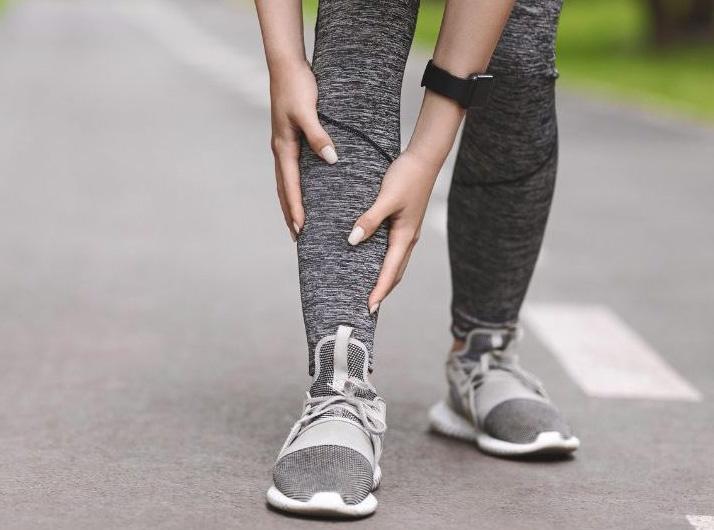
1 minute read
Orlando Health: why runner get shin splints - and how to avoid them
If you’re a beginning runner, chances are you’ll end up with painful shin splints at some point in your training. While common and easily treatable, there are steps you can take to avoid them.
Shin splints occur when the muscles, tendons or bone tissue around the tibia become inflamed from overuse. When muscles and tendons pull too hard on the bone or periosteum (lining of the bone), it can get irritated and painful. The lining of the bone is attached to nerve tissue, which is very sensitive.
Shin splints can take a while to develop. You may feel a dull or throbbing pain after a run. When you push through that pain, shin splints can set in earlier on in the run or last longer afterward. They can also become aggravated if you touch the sensitive area on your lower leg.
Runners, dancers, military recruits and anyone who does a lot of high-impact cardio exercise are more prone to shin splints. Beginner runners are particularly affected because they can be overzealous in their training — meaning, they run too much too soon.










